Omega2 LTE Global Model
$118.00
OM-O2LTE-G
This is the Global model supporting cellular network providers worldwide. For a more cost-effective version see the Omega2 LTE North American model.
The Omega2 LTE is the latest addition to the Omega2 family of Linux IoT computers, adding built-in high-speed 4G LTE cellular data connectivity and GNSS global positioning. Smaller than a credit card, the Omega2 LTE is an all-inclusive, standalone computing device for developing cellular IoT applications. Just add LTE antennas and power.
Description
The Omega2 LTE is the latest addition to the Omega2 family of Linux IoT computers, adding built-in high-speed 4G LTE cellular data connectivity and GNSS global positioning. Smaller than a credit card, the Omega2 LTE is an all-inclusive, standalone computing device for developing cellular IoT applications. Just add LTE antennas and power.
The Linux network stack makes the switch between WiFi and cellular data seamless to user applications. Take your existing NodeJS or Python IoT project outside the building with minimal effort! Or, use it as a fully-customizable cellular gateway for other WiFi devices, deployed remotely or on the go.
See the Omega2 LTE Guide for details on getting started and using your new Omega2 LTE to build cellular IoT projects!
Features & Specifications
The Omega2 LTE enables uses cases that are not limited by the range of Wi-Fi networks since the 4G LTE data connection provides internet connectivity as long as there is cellular signal.
- Based on the Omega2S+ IoT computer module
- Processor: 580 MHz MIPS CPU
- Memory: 128 MB RAM
- Storage: 32 MB
- MicroSD Slot: Expandable up to 2TB with MicroSD card
- Connectivity: 2.4 GHz b/g/n Wi-Fi
- Operating System: OpenWRT 18.06 Linux, kernel 4.14
- Antenna:
- WiFi: On-board 2dBi direction chip antenna & U.FL connector for external antenna
- 4G LTE: U.FL connectors for main and diversity antennas
- GNSS: U.FL connector for GNSS antenna
- 4G LTE:
- Network Support: LTE Cat 4 – 4G LTE (FDD), 3G UMTS WCDMA
- Maximum Data Rates: 150 Mbps downlink, 50 Mbps uplink
- SIM Support: Nano-SIM slot for cellular data
- Battery Support: LiPo battery management & JST-PH battery connector
- Dimensions: 80 x 50 mm
Antenna Options
To offer flexibility in choosing antennas, the Omega2 LTE features u.FL antenna connectors for connecting two LTE antennas and a GNSS antenna. The Omega2 LTE needs these antennas to connect to cellular networks and GNSS satellites.
Cellular Data Connection
Effortlessly deploy your IoT applications in remote areas and no longer be limited by the range of WiFi networks, opening a new world of cellular IoT applications. Smaller than a credit card, the Omega2 LTE is an all-inclusive, standalone computing device for developing cellular IoT applications. Just add LTE antennas and power.
The Linux network stack makes the switch between WiFi and cellular data seamless to user applications. Take your existing NodeJS or Python IoT project outside the building with minimal effort! Or, use it as a fully-customizable cellular gateway for other WiFi devices, deployed remotely or on the go.
Getting up and running is easy! Use the commandline to configure and enable the LTE data connection:
# configure the Omega2 LTE to connect to your cellular data provider
o2lte apn ltedata.apn
# enable LTE cellular data
o2lte data enable
# share cellular data connection over Omega's WiFi
o2lte share enable
Positioning, Available Globally
In addition to the cellular connectivity, the Omega2 LTE features a high-sensitivity, multi-constellation GNSS receiver, capable of retrieving positioning and accurate time data worldwide.
The Omega2 LTE supports all of the common positioning systems:
- GPS
- GLONASS
- BeiDou
- Galileo
- QZSS
This further extends the possible use cases to include real-time asset and fleet tracking. Combined with the LTE data connection, its easy to build applications that report geoposition, an accurate timestamp, and other data to remote servers.
Enabling GNSS and reading the data can be done in just two commands:
# enable gnss data collection
o2lte gnss enable
# read positioning data once satellites lock
ubus call gps info
# GNSS data:
{
"age": 0,
"latitude": "43.727278",
"longitude": "-79.339722",
"elevation": "207.9",
"course": "7.5",
"speed": "0.0"
}
Software
The Omega2 runs an Onion-customized version of the OpenWRT Linux operating system. Since there is a full Linux OS running on the Omega, users are not limited in their choice of programming language. Supported programming languages include:
- C
- C++
- Python
- NodeJS
- Rust
- Ruby
- PHP
- Perl
- GoLang
- Shell
The Omega’s OS comes equipped as a web server by default, so that other devices on the local network can interact with the Omega through a browser.
Hardware
Since we started making IoT hardware in 2015, we’ve taken great care to listen to feedback from our community of developers, hackers, and makers to learn what they really need from their IoT devices, and make sure that feedback drives our product decisions.
Battery Manager for Portability and Back-up
The Omega2 LTE is flexible when it comes to power sources: it can be powered by LiPo batteries or USB power. An on-board battery management chip enables the use of LiPo batteries as the main power source, and will recharge the batteries when connected to USB power. Use a battery to make your project portable, or to act as a back-up power supply.
Commandline Access
The on-board USB-to-serial chip provides reliable, always-on access to the Omega’s commandline, which is invaluable for configuration and debugging device operation. Alternatively, securely connect to the commandline through the local network using SSH.
MicroSD Slot for Extra Storage
Use MicroSD card slot on the bottom of the device to add gigabytes and gigabytes of additional storage to your Omega2 LTE. The ability to add storage space is essential for storing any assets created by the device – log files, images, etc – or, occasionally, when project requirements change leading to the application taking up more space than originally planned.
Status LEDs
The Omega2 LTE uses a series of LEDs to provide visual feedback on the current status of the device.
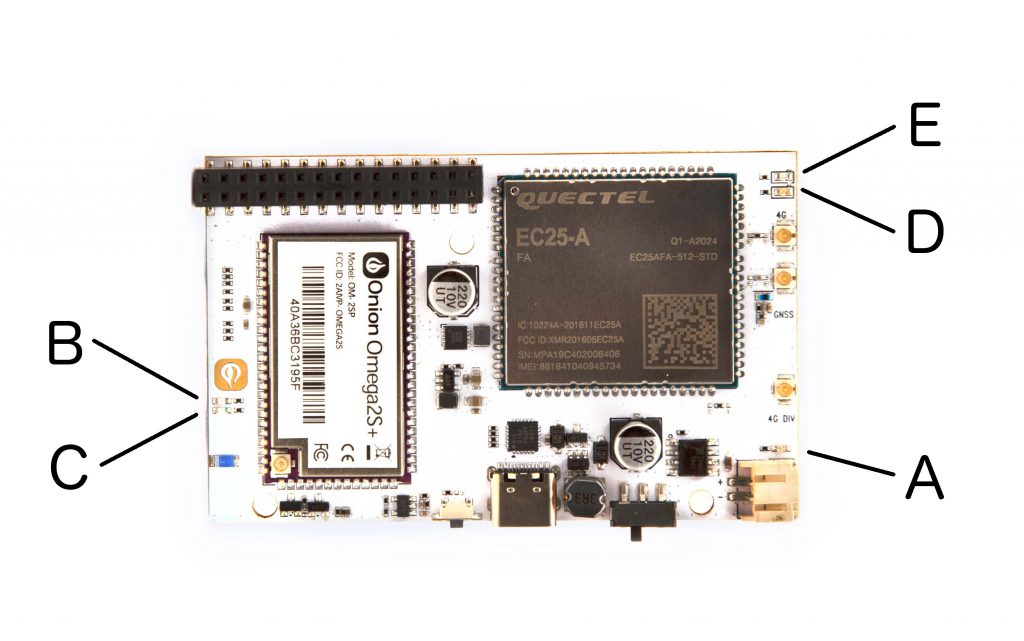
| Status LED | Indicates |
|---|---|
| A. Green Power LED | Running on battery |
| B. Amber System status LED | Whether Linux OS has booted |
| C. Blue Wi-Fi status LED | Connection to a Wi-Fi network is active |
| D. Green Cellular network status | Connection to cellular network is active |
| E. Amber Cellular network activity | Transmitting and receiving cellular data |
Ecosystem of Expansions
With extensive I/O, it is easy to interface the Omega2 LTE with other devices and components depending on the needs of your application.
The Omega2 LTE is compatible with the entire ecosystem of Omega2 Expansions!
Links
Additional information
| Weight | 0.02 kg |
|---|---|
| Weight | 0.2 g |
| CPU | 580MHz MIPS |
| Memory | 128MB RAM & 384 MB Swap File |
| Storage | 8 GB eMMC |
| USB | 2.0 |
| GPIO | 8 |
| PWM | 2 |
| UART | 2 |
| I2C | 1 |
| SPI | 1 |
| I2S | 1 |
You must be logged in to post a review.

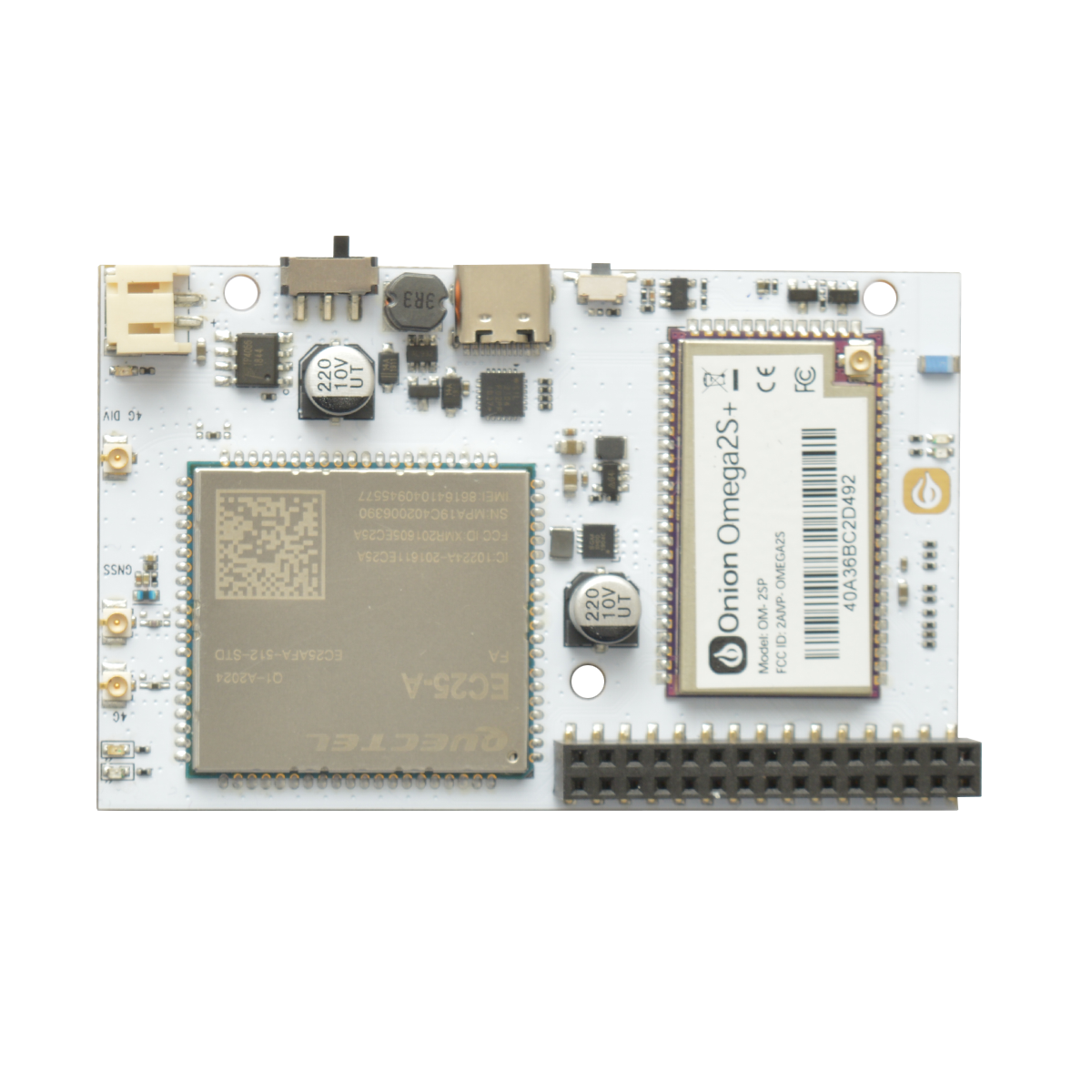
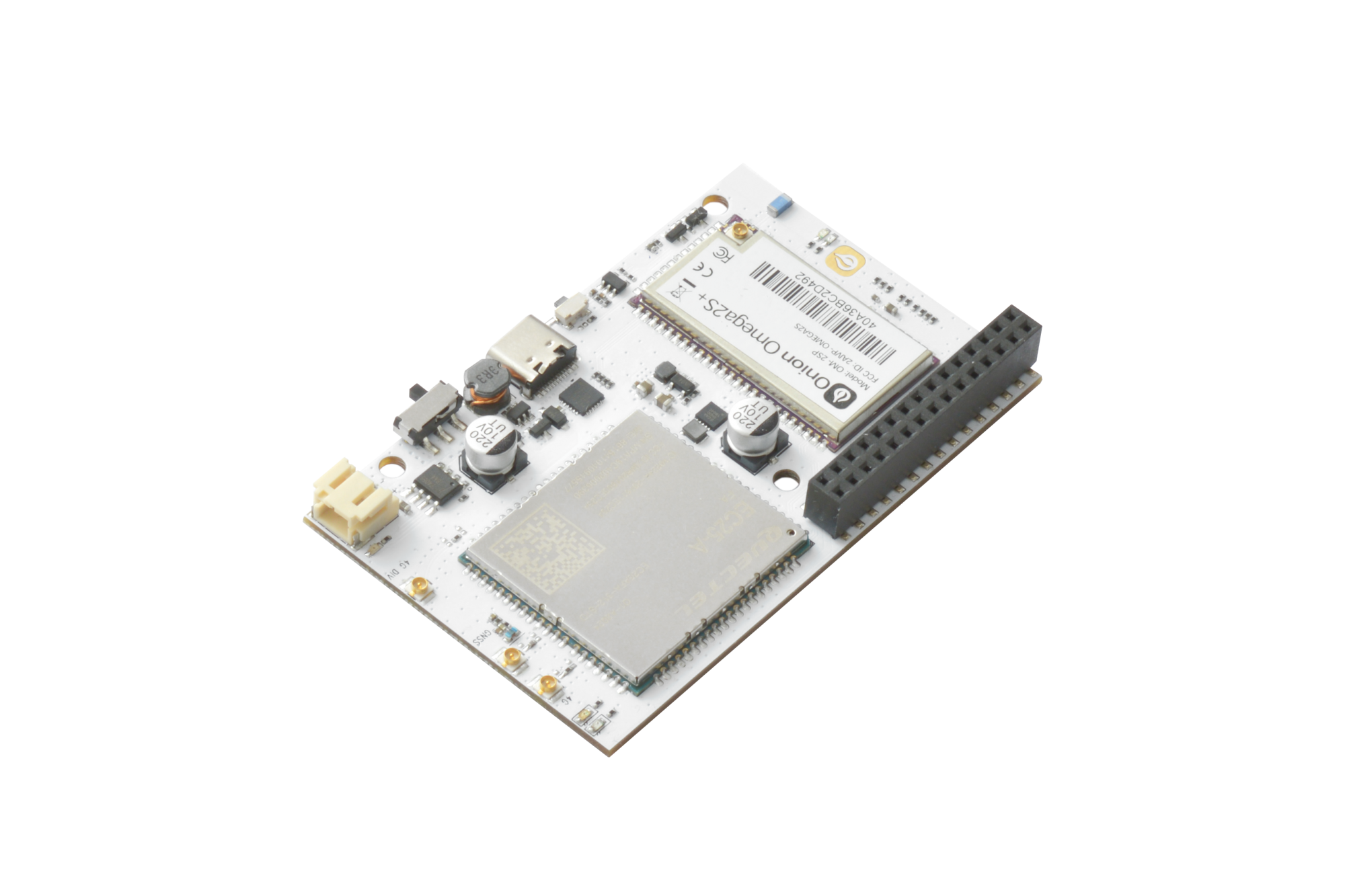
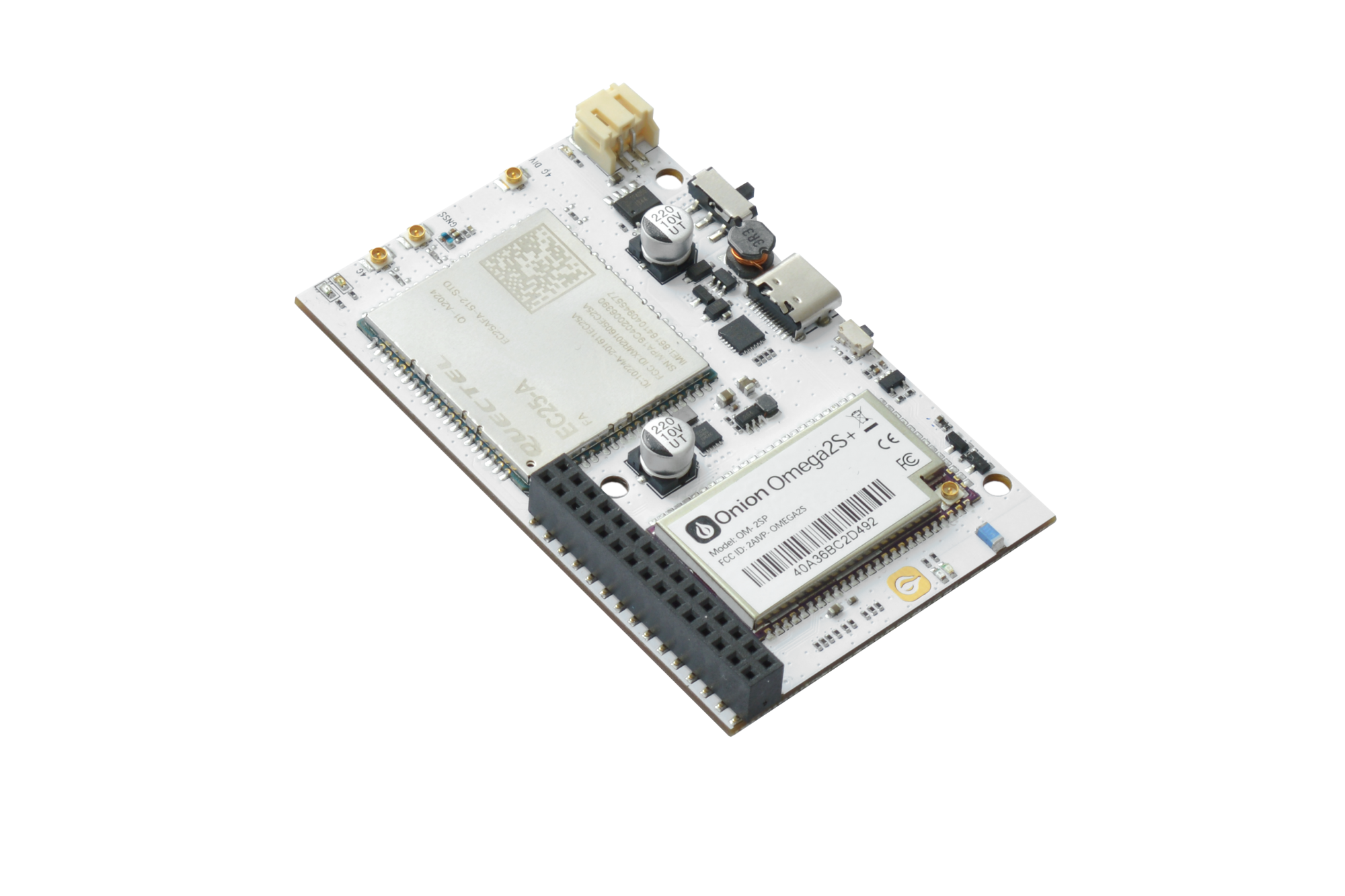
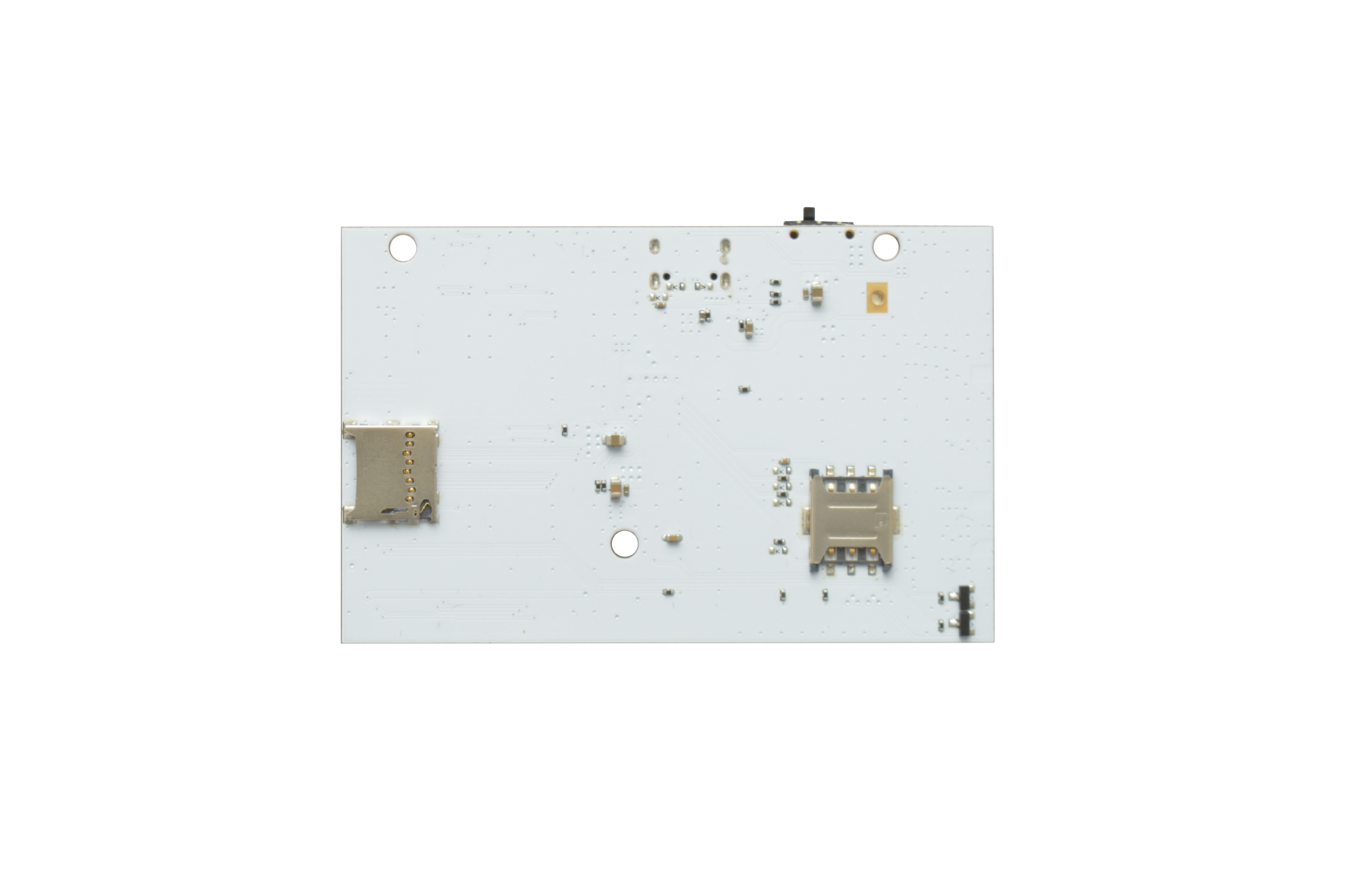
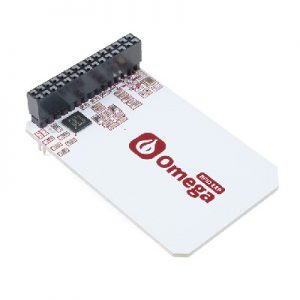
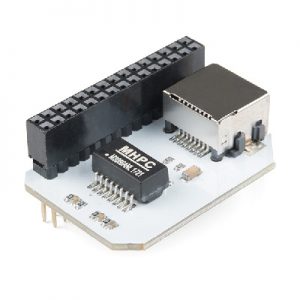
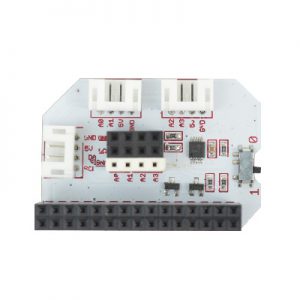
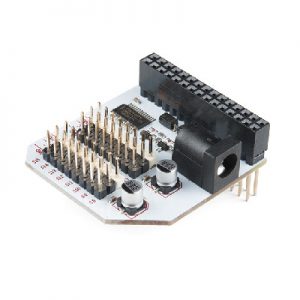
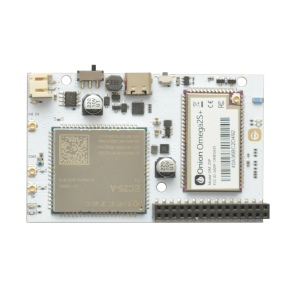
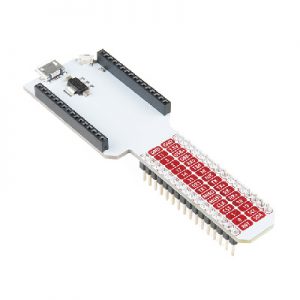
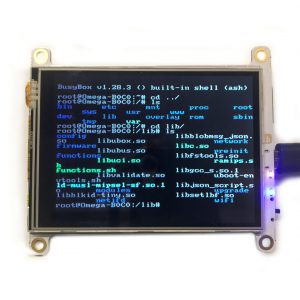
Reviews
There are no reviews yet.